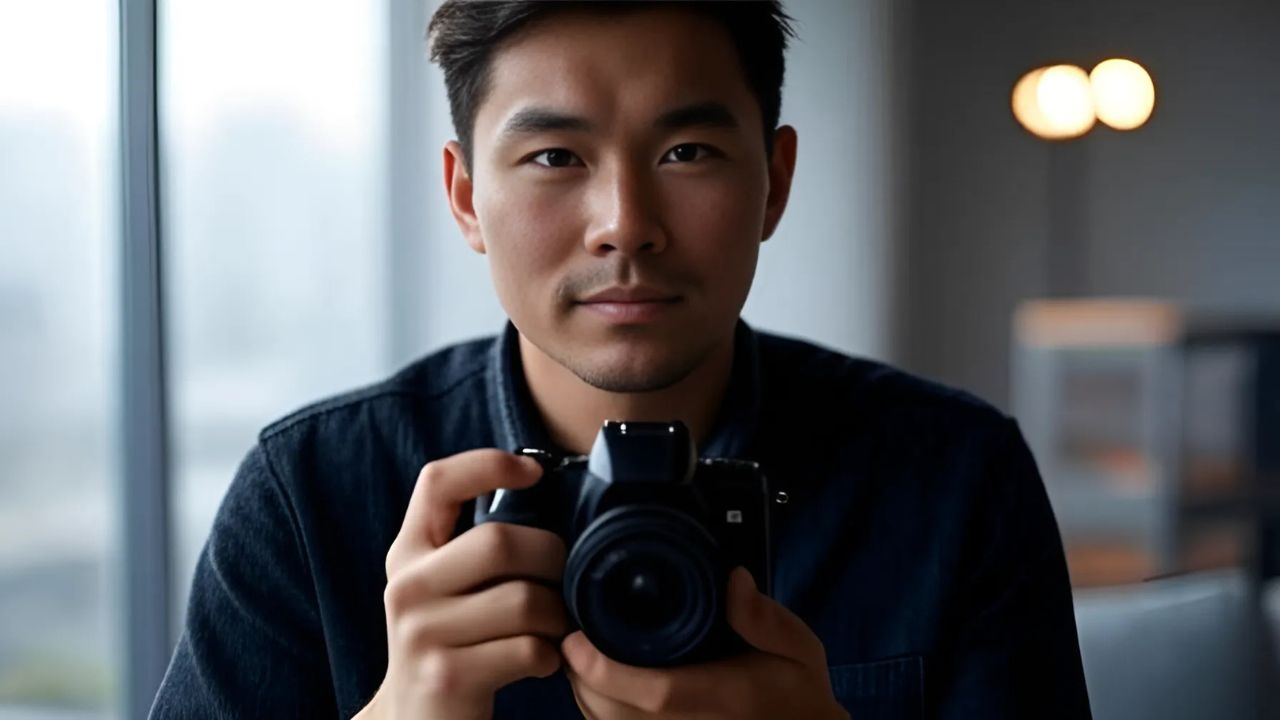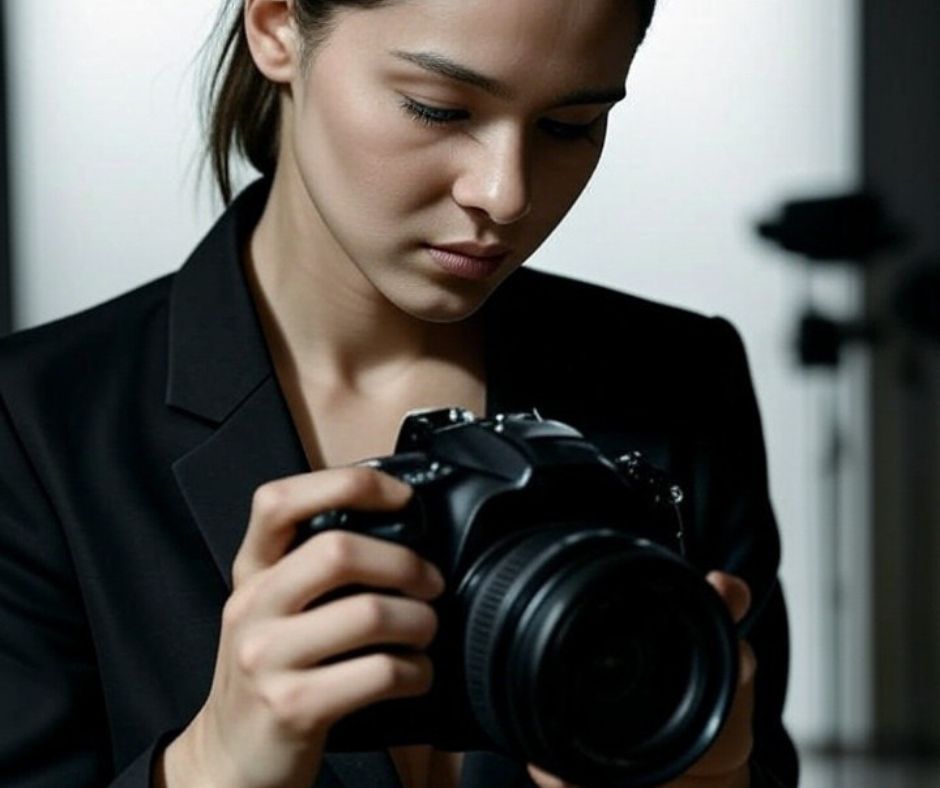In the world of photography, two terms often dominate the conversation: resolution vs sharpness. But despite their popularity, they’re frequently misunderstood—or worse, used interchangeably.
Understanding the difference (and the relationship) between resolution and sharpness won’t just make you sound smarter at your next photography meetup—it’ll help you make better gear choices and improve your images in ways that matter.
What Is Resolution?
At its core, resolution refers to the amount of information in an image, typically measured in pixels.
For digital photographers, this is usually expressed as pixel dimensions—say, 6000 x 4000 pixels—which equals 24 million pixels or 24 megapixels. The more pixels you have, the more fine detail you can theoretically capture.
But, here’s the thing: resolution isn’t everything. An image at 24 megapixels might not look noticeably better than one at 20 MP unless it’s printed large or viewed very closely on a high-resolution screen. Context matters. That’s why a street billboard printed at just 2 megapixels can still look amazing—because you’re seeing it from a distance where the pixel density is irrelevant.
And that’s where display resolution comes into play. You might shoot in 45 MP, but if you’re showing your images on an old monitor or sharing them on Instagram (which compresses and resizes images anyway), that detail gets lost in translation.
What Is Sharpness?
While resolution is objective and measurable, sharpness is largely perceived. It’s the clarity or crispness of an image, or how easily we can distinguish edges and fine details. This perception can be influenced by multiple factors, such as:
- Lens quality (a huge contributor)
- Lighting (especially directional light that adds contrast)
- Focus accuracy
- Camera motion or subject blur
- Even post-processing techniques like sharpening or clarity adjustments
Here’s something many don’t realize: sharpness is a property of lenses, not the camera body. Sure, camera sensors record the image, but it’s the lens that resolves the fine details. You can put a top-tier sensor behind a soft, blurry lens and get disappointing results.
Flip that around—pair a razor-sharp lens with a modest-resolution sensor—and the image quality might blow you away. That’s why photographers often debate this classic scenario: Is it better to use a sharp lens on a lower-resolution camera, or a softer lens on a high-resolution body?
The Real-World Impact of Resolution vs Sharpness
When you combine a sharp lens with a high-resolution sensor, you get the holy grail: fine detail and clarity you can see up close, crop deeper, and print large without worry.
But what happens when one of those factors is missing?
- Sharp lens + low resolution: You still get a clean, pleasing image. The fine edges and details are well-defined, just not as many of them.
- Soft lens + high resolution: You might capture more data, but it’s not crisp. You’re essentially getting a bigger, blurrier photo.
- Both low sharpness and low resolution: Avoid at all costs.
When Resolution Doesn’t Matter (As Much As You Think)
If you’re viewing photos on a typical laptop screen or even a 4K TV, anything beyond about 8 megapixels may not make a visible difference—unless you zoom in or print large. So unless you’re cropping aggressively, or printing gallery-sized pieces, you don’t need 45+ MP just to get a sharp-looking photo.
What you do need is a good lens, good light, and good technique.
Cropping and High-Megapixel Cameras
The higher resolution stands out—not in outright image quality, but in cropping flexibility. If you shoot sports, wildlife, or anything fast-moving and distant, a higher megapixel sensor gives you more room to crop in without sacrificing sharpness—as long as your lens can resolve that detail.
That’s why pros pair high-MP bodies with high-performance glass. It’s not just for pixel-peeping—it’s for practical, composition-saving flexibility.
Final Thoughts: Which Should I Prioritize?
If you’re debating between upgrading your lens or your camera body, choose the lens. A sharp lens can elevate any sensor. But a new sensor won’t fix a soft lens. Once you understand that sharpness is perceived and resolution is captured, the mystery of image quality starts to make a lot more sense.
Gear choices become more strategic. You stop chasing megapixels for the sake of it and start focusing on the things that really elevate your work: optics, technique, and presentation. So, next time someone asks if your camera takes sharp photos, you’ll know the answer: “It depends on the lens.”


